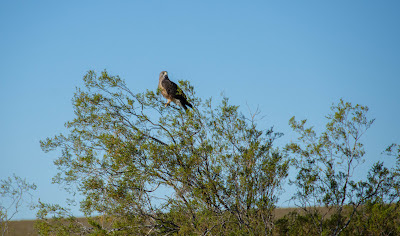Sensible Siting
This photo from the US Fish and Wildlife Service's flickr photostream is accompanied by a sensible message about renewable energy -- if we keep renewable energy projects on degraded or already-disturbed lands, we can minimize ecological damage as we transition away from fossil fuels. Photo credit: USFWS/Rachel Molenda Solar Panel Hopefully this message is heard by decision makers in Washington. At this moment the Bureau of Land Management is considering plans by First Solar to build the Silver State South Solar project on a critical desert tortoise habitat linkage in the Ivanpah Valley, Nevada. Surely there are better places for those solar panels.






